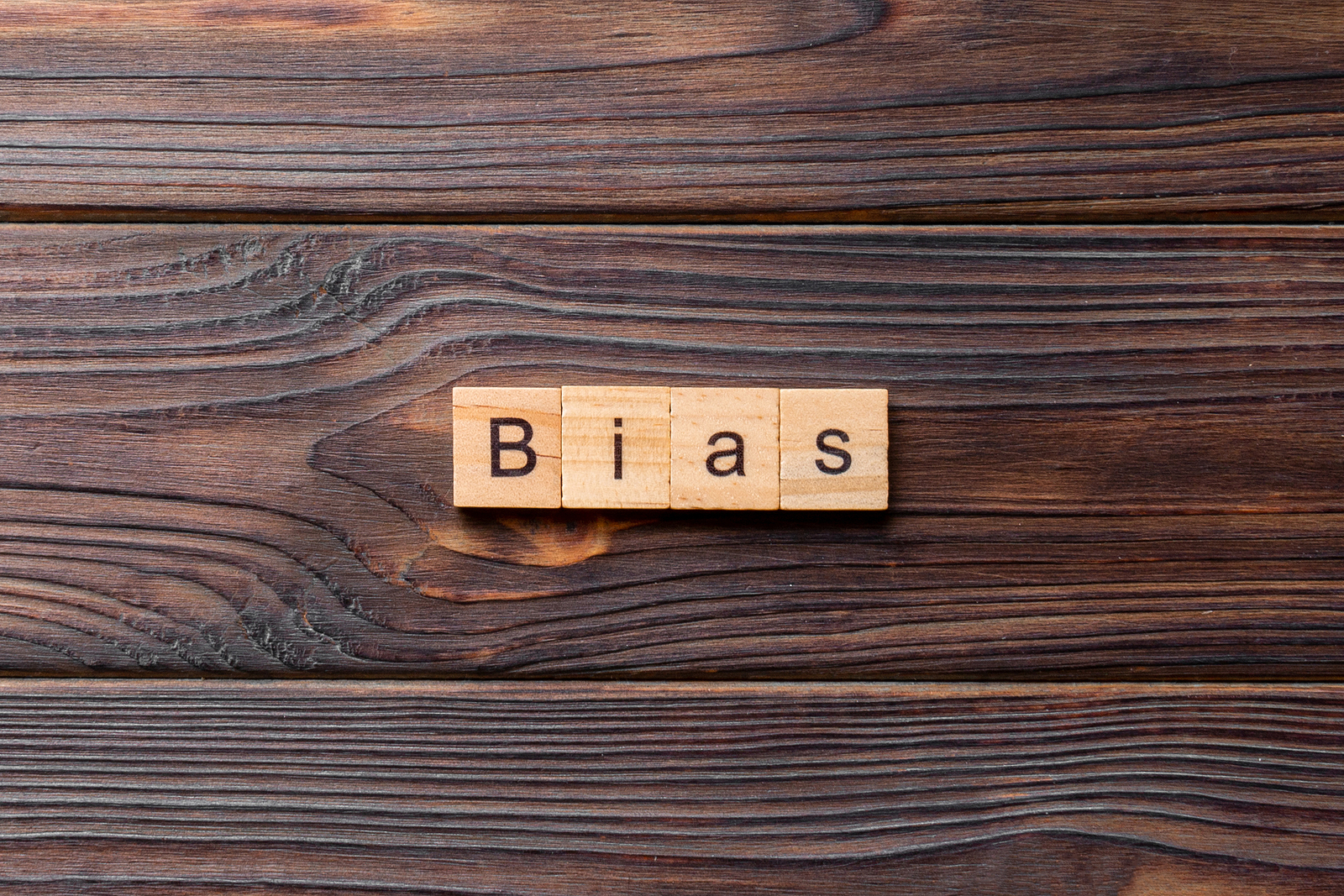4 Types of Interviewer Bias – and How to Eliminate Them

Every interviewer has their own biases, which can lead to unfair hiring decisions. Learn how to identify and eliminate four common types of interviewer bias when you are hiring. Also, as a job seeker with this information, you’ll be able to present yourself in the best light possible, combat biases, and increase your chances of getting the job you want.
Interviewing is the gateway to an organization; it is the singularly most relied-on form of candidate assessment. Yet, ironically, there is quite a lot of academic and professional debate as to how effective interviews are at predicting the subsequent performance of candidates who are awarded the job. Yes, in fact, one study by Schmidt and Hunter in 1998 found that job interviews can only predict about 14 percent of the variability in employee performance. This is a worrying statistic, given how much we all rely on job interviews to help us choose top talent.
So, why are interviewees such a poor predictor of performance? Researchers have suggested that as a result of interviews being a personal exchange between people, there is huge room for social factors – that are not related to the candidate’s ability to do the job – to unintentionally influence the evaluation of that candidate and subsequent hiring decision.
Being humans, our recruitment decisions are vulnerable to subjectivity, biases, and other influences, which we should be both aware of and take steps to counteract in order to introduce more objectivity. This will help us to make better and more predictive hiring assessments and decisions for our employers and clients.
So, what are these interviewer biases that recruiters should be aware of? There are many types of interviewer bias – too numerous to mention here – but I would outline four of the more prominent ones.
1. Confirmation Bias: This is a tendency for humans to seek out information that supports a pre-conceived belief about the applicant that has been formed prior to the interview. (Phillips and Dipboye, 1989).This means interviewers look to confirm a possibly shallow impression they may have formed of the candidate pre-interview, as opposed to having a more open outlook on the candidate’s abilities in this area.
2. Affective Heuristic:very technical, I know. This is where the interviewer’s decisions are influenced by quick and superficial evaluations, such as the level of attractiveness of a candidate, race, gender, background, etc.—none of which are relevant to the candidate’s suitability for the role. (Postuma and others, 2002). One study found that applicant obesity actually accounted for 35 percent of the variance in hiring decisions.
3. Anchoring: This is a tendency for interviewers to place an arbitrary anchor of expectation of a candidate, which then influences their evaluation of the candidate. For example, candidates who had a high anchor of expectation were evaluated more favorably than those with a low anchor scale.
4. Intuition: a huge part of the candidate evaluation process is based on intuition as there is not enough data to objectively test every area of the candidate’s fit to the culture and demands of the job. The problem is that intuition is not reliable, as it is thought to be susceptible to factors not related to the hiring decision such as emotion, memory, etc.
So, having understood that we as humans are subject to interviewer bias, what steps can we take to eliminate or at least minimize it to allow us to make more predictive hiring decisions? There seem to be several actions we can take and these are shown below:
1. Studies have shown that allowing enough time to do evaluations increases accuracy and reduces gender bias (Bauer Baltes, 2002; Blair Banaji, 1996; Martell, 1991). So, allow plenty of time to read interview materials and take notes.
2. A structured criteria for decision-making leads to more accurate evaluations (Martell Guzzo, 1991). So, make sure to conduct structured interviews based on job-related hiring criteria.
3. Structured processes for recording observations increase accuracy and reduce bias (Bauer Baltes, 2002). So, try and use structured evaluations during interviews and selection discussions.
4. Increased accountability reduces the effect of gender bias and increases the accuracy of evaluations, so make sure there is a culture/requirement for interview note-taking, and evaluators should use named forms, and each interviewer selection decision should be justified, and documented and filed.
Of course, most experienced professionals are aware of the limited predictive value of job interviews and even while using these interventions we can only hope to reduce and not eliminate interview bias. This is why it is important that interviews are combined with other forms of assessment methods, such as aptitude and attainment tests and assessment centers, in order to increase the predictive accuracy of the hiring process.
Knowing about these four types of interviewer bias can help you avoid these biases yourself, but it’s also important to be aware of how they might affect the hiring process. If you’re looking for a job, use this information to your advantage by being mindful of potential red flags and avoiding anything that could trigger an unfavorable reaction from the interviewer. And finally, if you are an employer, remember that everyone involved in the interview process brings their own biases to the table — so do your best to eliminate them whenever possible. How have you eliminated or reduced bias during the interviewing process?

